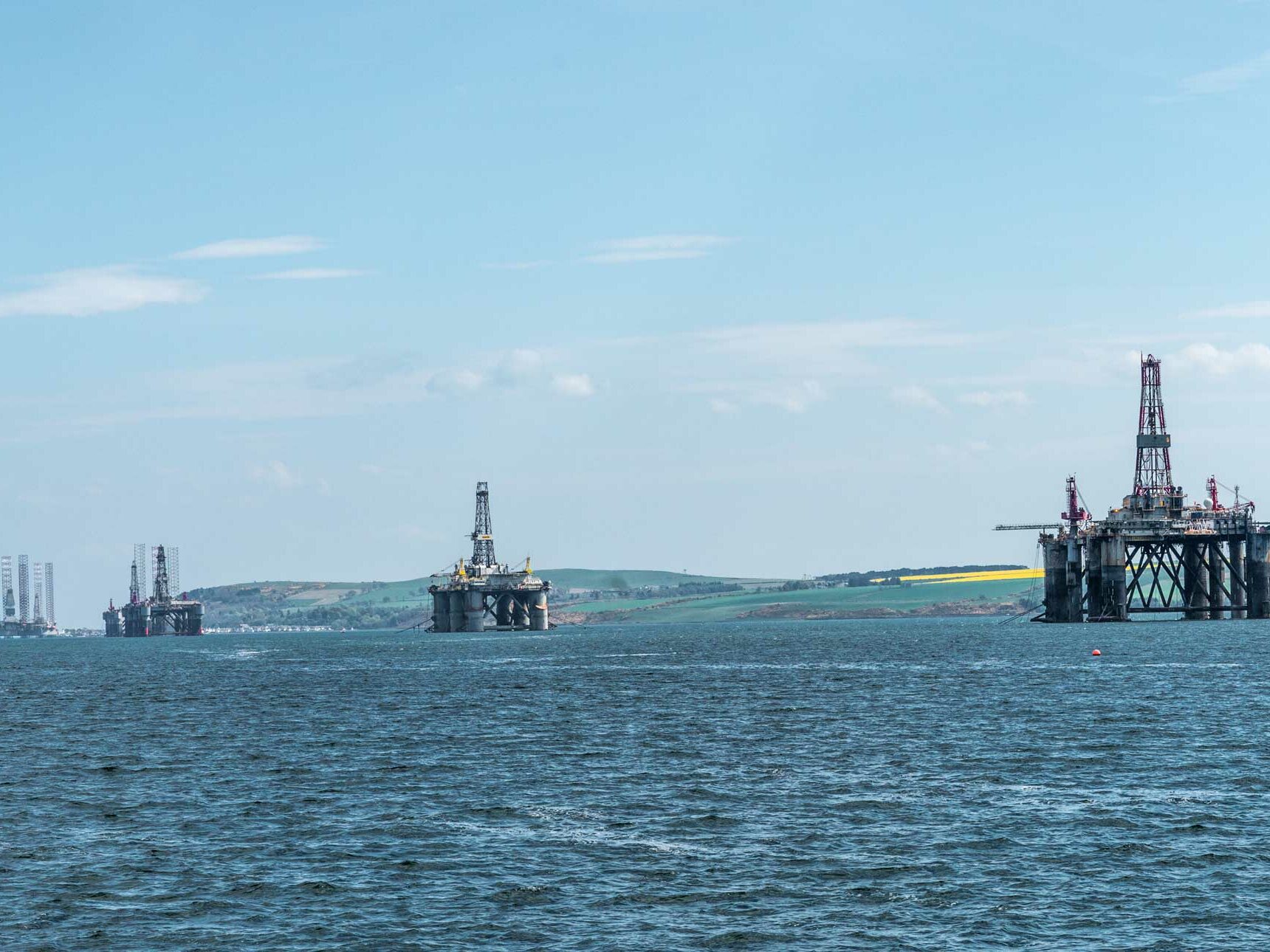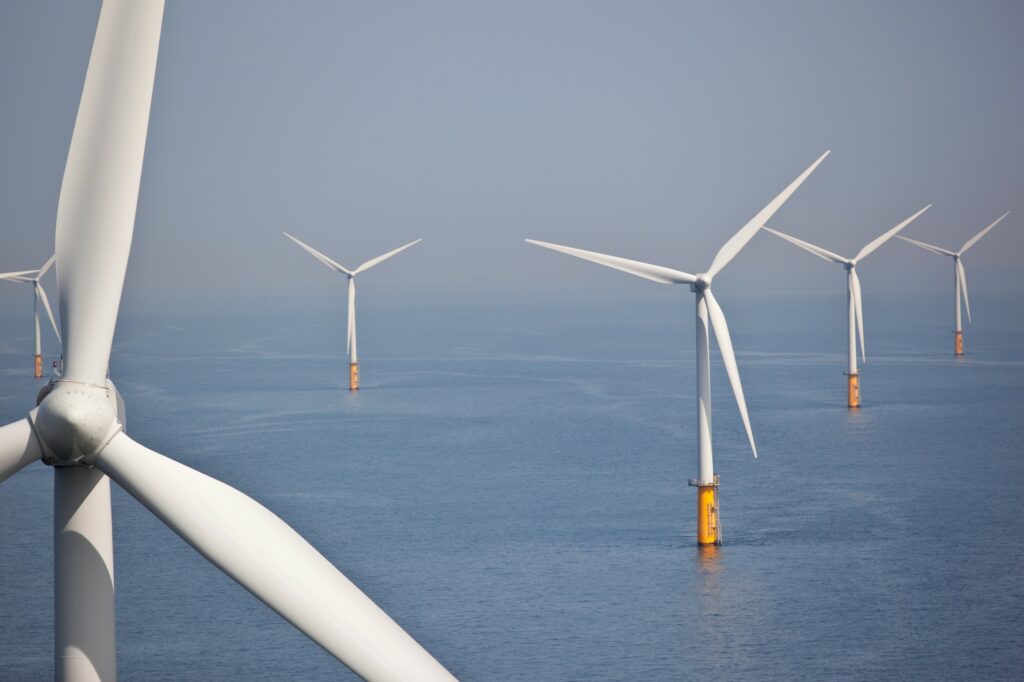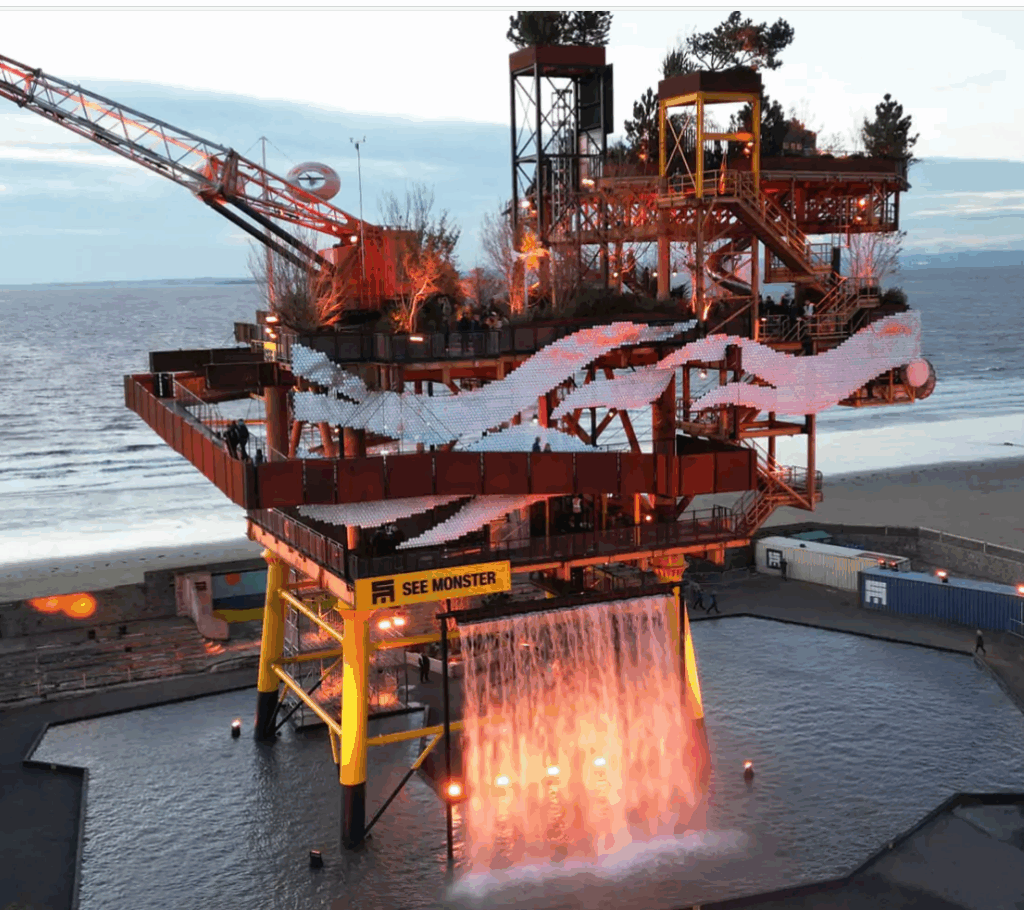Navigating the Next Frontier: The Evolving Landscape of Energy Sector Decommissioning

As the global energy sector pivots toward sustainability and net-zero ambitions, decommissioning offshore oil, gas, and wind infrastructure has emerged as a critical, complex, and rapidly growing market.
Once viewed as the final chapter in an asset’s lifecycle, decommissioning is now a strategic frontier. As a “non-productive” cost, though, where is the strategic opportunity, one may ask?
Market data and recent case studies indicate a market on the rise, increasing creativity in technical solutions, resulting in projects with meaningful impact on communities and sustainable impact on energy transition goals. However, sustainable success in decommissioning operations demands innovation, foresight, and collaboration.
A Market on the Rise
The offshore decommissioning market is expanding at a robust pace, with a global CAGR of 7.6% through 2030. Europe currently leads in market share, but Asia-Pacific (APAC) is catching up fast, projected to reach $3 billion by 2030, driven by aging infrastructure and regulatory tightening. Australia alone anticipates over $40 billion in decommissioning activity over the next 50 years, while North America, particularly the Gulf of Mexico, remains the most active region in terms of platform removals.
In the UK Continental Shelf (UKCS), decommissioning is poised to overtake capital expenditure by 2030, with well decommissioning expected to account for nearly half of total costs. This shift underscores the sector’s growing financial and operational significance.
Techniques and Tactics: Evolving Approaches to Asset Removal
Decommissioning is no longer a one-size-fits-all operation. Techniques vary widely depending on platform type, condition, and location. Common methods include:
- Modular and piecemeal removal
- Reverse installation – increasingly preferred
- Artificial reefing
Each method carries inherent risks, ranging from structural integrity and weight verification to environmental hazards, vessel availability, and vessel limitations. The mantra “Avoid a wreck removal operation” encapsulates the high stakes that are involved in any decommissioning project.
Risk and Responsibility: The Insurance Perspective
Decommissioning is fraught with technical and environmental risks. Key concerns include:
- Dropped objects and pollution
- Unverified structural data
- Subsea cutting and jacket removal challenges
- Time constraints and vessel limitations
From an insurance standpoint, these risks necessitate rigorous planning, real-time monitoring, and robust contractual frameworks. The cost to the public purse is also under scrutiny, prompting calls for clearer accountability and funding mechanisms.

Offshore Wind: The Next Wave of Decommissioning
The offshore wind sector is entering its own decommissioning phase. With early wind farms reaching the end of their 20–25-year design lives, 600 turbines are expected to be decommissioned by 2030, with a sharp increase post-2035. However, the surge in new installations is straining vessel availability, driving up costs, and complicating logistics.
Sustainability at the Core: Low-Carbon Decommissioning Strategies
Decommissioning is increasingly being reimagined through a low-carbon lens. Emerging strategies include:
- Hybrid and biofuel-powered vessels
- Remote and robotic operations
- Repurposing offshore facilities
- Onboard sorting and recycling
- Digital twins and AI-driven logistics
- Local supply chains and green end-of-life options
These innovations not only reduce emissions but also align decommissioning with broader ESG goals.

Repurposing and Reuse: Creative Case Studies
ABL Group’s involvement in projects like SEE MONSTER (a public art installation from a retired platform – see photo on the left) L7 and Tyra redevelopments (repurposing jackets for CCS and field revival), and the conversion of rigs to reefs in the Gulf of Thailand exemplifies the potential for circular economy thinking in decommissioning. These projects demonstrate that with creativity and commitment, decommissioning can be a platform for regeneration, not just removal.
Conclusion: From Obligation to Opportunity
The decommissioning market is no longer a back-end obligation—it is a strategic opportunity. As the energy sector transitions, decommissioning will play a pivotal role in shaping a cleaner, safer, and more sustainable offshore environment. Stakeholders who embrace innovation, prioritize risk management, and invest in low-carbon solutions will not only lead the market—they will define its future.
Discover more on Decommissioning with ABL

Ewan Browell
Sub-Regional Director for ABL England, France, Iberia & Italy
ABL – along with ABL Group companies AGR and Longitude – provides an end-to-end technical offering to support decommissioning projects from concept to delivery. Download our brochure to view our integrated offering:
